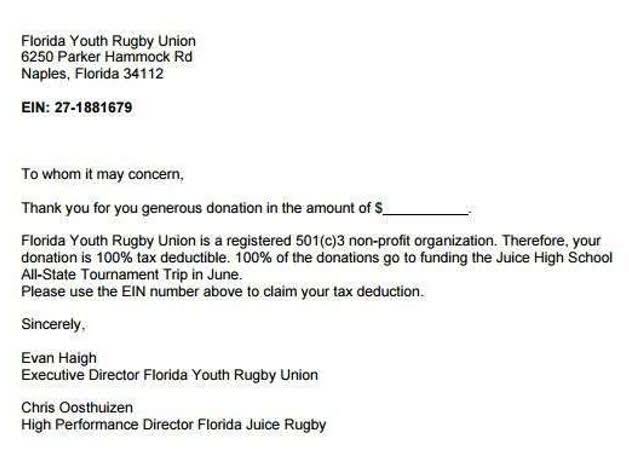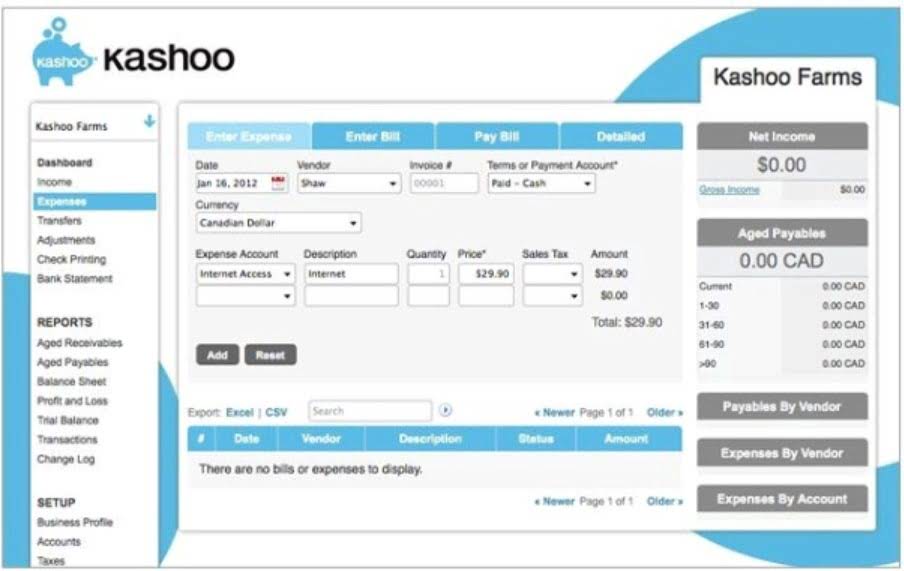Statement of Retained Earnings: A Complete Guide

By effectively managing retained earnings, businesses create a ripple effect that fuels growth, resilience, and employee wellbeing. For executives, this isn’t just about reporting—it’s about crafting a narrative of success, making strategic decisions, and charting the course for sustained growth. Gain insights into stability, how is sales tax calculated growth, & the crucial factors that shape your financial choices.
Statement of Retained Earnings Examples and Purpose
- To predict growth, you need leading indicators like the management’s guidance on future plans and, of course, the amount of money the company has retained over the previous periods to support that future growth.
- This statement highlights how reinvested profits can power long-term success, making it a must-have tool for understanding and optimizing your company’s growth potential.
- Prepare the statement of changes in equity for the year ended 28 February 2022.
- Your net income—or net loss, if the winds didn’t blow favorably—is the figure you’ll blend into the mix.
This statement can signal either growth potential or a warning bell of upcoming financial troubles, making it a crucial document for investors, shareholders, and directors alike. They use it as a yardstick to measure the company’s prosperity and strategic financial decisions over time. Moreover, it’s one of the documents that investors scrupulously analyze when they want to gauge the company’s future profit potential. The Statement of Retained Earnings is a financial report that details the changes in a company’s retained earnings over a specific period. Retained earnings are the cumulative net income of the company after it has paid out dividends to shareholders.

Statement of Retained Earnings Formula:

This can have serious consequences for stakeholders and investors who rely on retained earnings statement accurate financial information to make informed decisions. Statement of retained earnings is a financial statement that shows exactly what retained earnings a company has at a specific point in time. These retained earnings are part of the company’s total shareholder equity and are reported separately from the profit and loss statement. While income statements and balance sheets often grab the spotlight, this unsung hero offers powerful insights into financial health. For CEOs and CFOs, it’s more than just a report—it’s a strategic guide to leveraging profits for future investments and boosting stakeholder confidence. The income statement is often used by corporations in place of a statement of retained earnings.

Negative retained earnings statement
The statement of retained earnings is one of the most important financial statements for a company. It shows the amount of money that a company has available to reinvest in its business, pay its debt, or pay out dividends to shareholders. The statement can be prepared using either Generally Accepted Accounting Principles (GAAP) standards or International Financial Reporting Standards (IFRS). The statement of retained earnings is important because it shows how much profit a company is retaining and reinvesting into the business, which can be used to finance future growth. Retained earnings are the portion of net income a company retains after paying dividends to shareholders rather than distributing all profits and covering all expenses, taxes, and other obligations. The retained earnings statement shows how much of a company’s profits are reinvested back into the business, and how much is paid out to shareholders as dividends.

- We believe everyone should be able to make financial decisions with confidence.
- This financial statement provides the beginning balance of retained earnings, ending balance, and other information required for reconciliation.
- From the question, we were not given the shares issued during the current reporting period.
- Knowing the right forms and documents to claim each credit and deduction is daunting.
- While net income measures a company’s earnings for a single period, retained earnings show the accumulation of profits over time.
A company’s board of directors may decide to appropriate earnings for various purposes, including acquisition, stock buyback, research and development, and debt reduction. Note that “Dividends” include all types of dividends, including stock issuances. Harness the power of payroll basics, compliance, management, and more to save time and resources. Gain business insights that guide smarter decisions, reduce costs, and fuel growth. Retained earnings often enjoy a reputation as a marker of a company’s wealth, but grab your myth-busting gear because it’s not quite the financial fortress it’s rumored to be. Understanding this helps them see the full financial picture and keeps expectations about dividend policies and company valuation in check.
- Also known as the Statement of Owner’s Equity, Equity Statement, or Statement of Shareholders’ Equity, this statement is created in accordance with generally accepted accounting principles (GAAP).
- Investors who have invested in a Company gain either from dividend payments or the share price increase.
- While it’s sometimes referred to as the statement of stockholders’ equity, statement of owner’s equity, or equity statement, these technically aren’t the same thing.
- For creditors, does the company still have some money left when it repays its debt?
- The statement of retained earnings plays a crucial role in financial reporting by showing how a company’s retained earnings account has changed over a year’s statement.
- But a retained earnings account is reported on the balance sheet under the shareholders’ equity, so they’re treated as equity.
Best Accounting Certifications for Beginners in 2025
- Wealth accrual in a business is a multidimensional tale entwined with assets, liabilities, revenues, and expenses, in which retained earnings play a pivotal yet partial role.
- The difference would be our share premium for our current reporting period.
- It keeps a record and summarizes the changes in retained earnings in an accounting period.
- Net income is like the heartbeat of your company’s financial health, pulsating through the veins of your statement of retained earnings.
This statement is often used to prepare before the statement of stockholder’s equity because retained earnings is needed for the overall ending equity calculation. A statement of retained earnings shows the changes in a business’ equity accounts over time. Equity is a measure of your business’s worth, after adding up assets and taking away liabilities. Knowing how that value has changed Grocery Store Accounting helps shareholders understand the value of their investment. The statement of retained earnings is a great way to assess a company’s growth prospects, but there’s plenty more information shareholders and management need to make smart decisions.

This number isn’t just another entry on the books; it’s the measure of your company’s accumulated wealth over time that hasn’t been dished out to shareholders. It’s crucial to remember that sales revenue, cost of goods sold, depreciation, and operating expenses—among other line items on your income statement—play a big part in shaping this number. Non-cash items like write-downs, impairments, and stock-based compensation are the behind-the-scenes crew that also influence the plot. Another purpose of the retained earnings statement is that it shows the trend of how a company invests in growth and development by outlining what a company does with its profits.